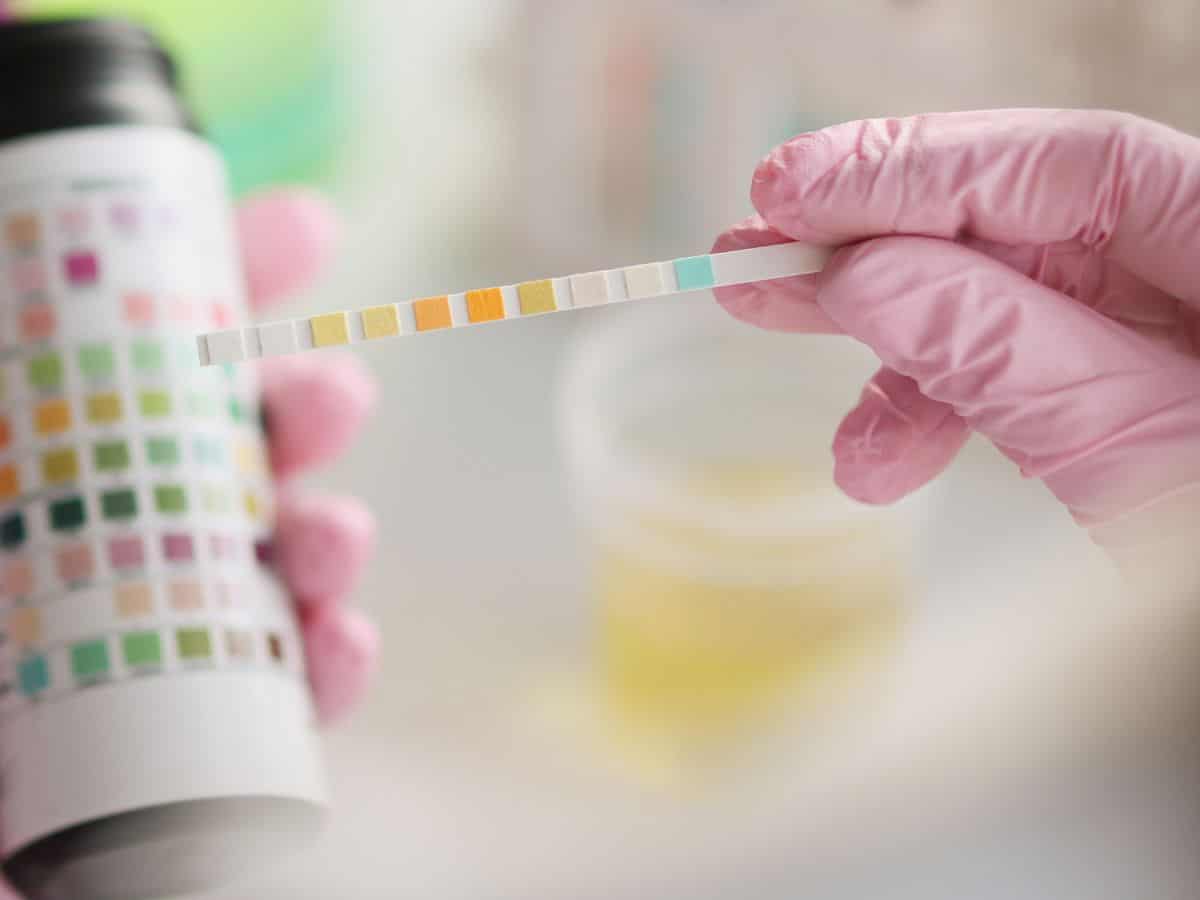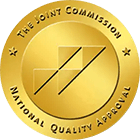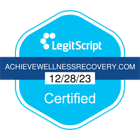How Long Does Crack Stay in Your System?
While differences in metabolism, and how heavily the drug has been used will have some impacts, typically you can reliably detect crack and cocaine metabolite in urine for 3-6 hours after use with the most common urine tests. However, depending on the size of the dose and user’s metabolism one of the primary metabolites of crack, Benzoylecgonine, can be detected for up to 4 days.
Crack, also known as crack cocaine, is a highly addictive stimulant drug derived from powdered cocaine. It is processed into a rock crystal form that is suitable for smoking, providing an immediate and intense high. Smoking crack involves heating the substance and inhaling the resulting fumes. This method allows the drug to rapidly reach the brain, producing an intense euphoric effect.
Prolonged cocaine abuse, whether in the form of powder cocaine or crack, can have detrimental effects on both the brain and body. The repeated use of crack cocaine by heavy users can lead to a range of health risks and addiction-related problems. The intensity and short duration of the high from smoking crack often drive individuals to use the drug repeatedly, increasing the risk of addiction. However, it is important to note that addiction can develop with any amount of cocaine use, as each person’s susceptibility varies.
Crack cocaine differs from powdered cocaine in terms of its form and method of use. While powdered cocaine is typically snorted or injected, crack is specifically processed to be smoked. Smoking crack delivers a more immediate and intense high compared to snorting powdered cocaine, leading to a higher likelihood of repeated use and addiction. Additionally, crack cocaine is often cheaper than powdered cocaine, making it more accessible to individuals seeking a potent and cost-effective drug.
When it comes to crack addiction, seeking professional addiction treatment is essential for recovery. Treatment options for crack cocaine addiction may include therapy, counseling, medication-assisted treatment, and support groups. These comprehensive approaches address the physical, psychological, and behavioral aspects of addiction. It is important to note that crack addiction often co-occurs with the abuse of other drugs, and a holistic treatment approach can address these underlying issues.
Why Are Drug Tests Done?
Drug tests serve many useful purposes. Many employers insist that potential employees take drug tests so they can see if they are addicted to any drugs. These tests usually look for substances such as marijuana, crack, heroin, and other illicit drugs. Very few employers will bother to hire someone addicted to drugs, let alone illegal ones.
Most employers will opt for a urine test because it is the most straightforward way to test for drug use. They also look for certain prescription drugs, like opioid painkillers. These drug tests can see if you are taking the medications as prescribed or taking more than you should. Taking more drugs than prescribed is a common sign of addiction.
Both saliva and blood tests are less effective due to drugs being excreted from these fluids too quickly. Hair follicle tests are sometimes used but are still less common than urine tests. During a drug test, you will need to urinate into a cup until about one to two ounces of urine is collected.
Sometimes, a supervisor will be present to ensure you aren’t swapping your urine sample with anyone else’s.
Drug tests are also sometimes done for forensic purposes, such as if you committed a crime and the authorities want to see if you were under the influence of drugs at that time.
How Do People Use Crack?
Those who use crack illegally usually smoke it, as this is the simplest way to use it. Some crack users may prefer to melt the product, inject it, crush it, and snort it, but these methods are less common.
Taking a drug like this causes the brain to experience an immediate high. The drug doesn’t have to take its time traveling through the stomach or being broken down by the liver. It instead goes straight into the blood, where it can travel to the brain and bind to specific receptors. This then hijacks the brain’s ability to experience pleasure and creates an intense feeling of euphoria.
The brain can make itself experience pleasure naturally through the release of certain hormones like endorphins. These are released in response to exercise, eating good food, and other pleasurable activities. But the amount released is nothing compared to during a crack high.
This euphoria causes a person to become very happy, giddy, and energetic. The feeling is soon followed by intense fatigue and depression, known as dysphoria.
The Side Effects of Crack
Many people won’t see anything wrong with using crack at first because it makes them feel good. But problems will start to arise once an addiction takes hold. Using crack consistently, especially over months or years, will wreak havoc on the body. As a stimulant, crack makes the heart race and can also cause a person’s blood pressure to rise.
Having a fast heart rate all the time will eventually wear out your heart. This can lead to heart disease, heart attacks, and other cardiovascular problems. Crack can also damage your liver and kidneys. This can lead to organ failure in the long run.
Crack has a very negative influence on the brain. Once the brain becomes reliant on this drug, it will be difficult to function normally without it. Many people who use crack experience cognitive decline, depression, anxiety, and sometimes psychotic symptoms. Some of these symptoms may persist after a person stops using this drug.
Understanding Crack Cocaine Addiction
Crack cocaine addiction is a serious and complex issue that affects individuals across different age groups and demographics. According to the 2021 National Survey on Drug Use and Health, approximately 1.4 million people aged 12 or older in the United States had a cocaine use disorder in the past 12 months.
The statistics also reveal that 0.5% of the population, roughly 4.8 million people, reported using cocaine in the past 12 months. These numbers highlight the widespread impact of crack cocaine addiction within society.
Crack cocaine, being a highly addictive stimulant drug, poses significant risks to both physical and mental health. Its immediate effects include extreme happiness, energy, and mental alertness, along with potential negative outcomes such as irritability, paranoia, and violent behavior.
The drug works by increasing dopamine levels in the brain’s reward circuit, leading to reinforcing drug-taking behaviors. Over time, individuals may develop a tolerance, requiring higher doses to achieve the desired effect and leading to addiction.
Long-term crack cocaine abuse can have severe consequences. These may include disturbances in heart rhythm, heart attacks, respiratory failure, strokes, seizures, convulsions, and coma.
Crack cocaine users are at an increased risk of contracting HIV/AIDS and other bloodborne diseases due to sharing contaminated needles and engaging in risky sexual behaviors. The harmful effects of crack cocaine not only impact the individual but also extend to their families, communities, and society as a whole.
Addressing crack cocaine addiction, like other forms of drug abuse, requires comprehensive treatment approaches. Healthcare providers and addiction specialists can offer support through outpatient or residential treatment programs.
These programs aim to address the physical, psychological, and social aspects of addiction, providing individuals with the tools and resources necessary for recovery. It is important for those struggling with crack cocaine drug addiction to seek help and understand that recovery is possible with the right support and treatment.
Cocaine Addiction Treatment
At Achieve Wellness & Recovery, we understand the devastating impact of cocaine addiction on individuals and their loved ones. Cocaine abuse and addiction have reached alarming levels, with it being the second most addictive drug, surpassed only by heroin.
The intense feeling of euphoria experienced with cocaine use drives individuals to constantly chase that high, contributing to its highly addictive nature. We recognize that cocaine addiction can completely take over a person’s life, making it difficult to function without the drug.
Fortunately, there is hope for those suffering from cocaine abuse through effective substance abuse treatment. Our comprehensive treatment approach addresses the physical, psychological, and social aspects of addiction. We offer personalized treatment plans that cater to the unique needs of each individual, providing a supportive and healing environment for recovery.
Our substance abuse treatment programs recognize the complexity of cocaine addiction and the need for a holistic approach. While there are no FDA-approved medications specifically for treating cocaine addiction, our experienced professionals are well-versed in evidence-based therapies and interventions.
Behavioral therapies, such as cognitive-behavioral therapy, have shown positive results in treating cocaine use disorders. These therapies help individuals develop coping strategies, manage triggers, and build a strong foundation for long-term recovery.
Our treatment programs acknowledge the importance of addressing co-occurring mental health disorders that may contribute to or result from drug addiction to cocaine. Dual diagnosis treatment ensures that individuals receive comprehensive care for both addiction and underlying mental health conditions, promoting lasting recovery.
At Achieve Wellness & Recovery, we prioritize individualized care, recognizing that every person’s journey to recovery is unique. Our dedicated team of professionals provides compassionate support, empowering individuals to break free from the grips of cocaine addiction and regain control of their lives. We believe in the power of substance abuse recovery and are committed to guiding individuals toward a healthier, happier future.
MAKE AN APPOINTMENT
We’re here for you and can schedule an appointment 24 hours a day, 7 days a week. If the office is not open, we can refer you to one of our on call Doctors at your nearby hospital.
Frequently Asked Questions About Crack
Why Do People Use Crack?
Many people who use crack have substance use disorders. Others may try the drug recreationally and become addicted because they can’t control their cravings. Some may also use this drug to escape feelings of depression or anxiety.
What Does Crack Do to the Brain?
Crack changes the brain’s chemical pathways. Instead of allowing the brain to produce feel-good hormones naturally, the drug does all the work and prevents the brain from functioning independently. This can cause mental illnesses like depression, mood changes, and psychosis.
What Are Crack Cocaine Withdrawal Symptoms?
The most common crack cocaine withdrawal symptoms include nausea, vomiting, stomach cramps, headaches, and body pain. In more severe cases, people may have seizures and heart attacks or go into a coma.
How Long Does Crack Cocaine Stay in Your System?
Crack cocaine usually appears in the urine up to three days after the last use. But for heavy users, this period may be extended to three weeks. This is why it is crucial to get substance use disorder treatment if you or a loved one is suffering from this problem.
Can You Take a Drug Test For Cocaine?
When it comes to detecting cocaine use, drug testing plays a crucial role. Cocaine can be detected through various testing methods, such as urine tests. Urine drug tests are commonly used for detecting recent or new drug use, including cocaine. The detection window for cocaine in urine typically ranges from one to four days, with heavy users potentially testing positive for up to two weeks.
The duration cocaine remains detectable in urine can vary depending on several factors. Factors such as the amount of cocaine used, the frequency of abuse, and the method of use (e.g., snorting, smoking, or injecting) can influence the detection window. Additionally, individual factors like metabolism, weight, urine pH, and kidney or liver impairment can also affect how long cocaine stays in the system and can be detected in urine.
Urine testing is a commonly used and relatively accurate method for detecting cocaine. However, other testing methods, such as blood, saliva, and hair tests, can also be used to detect the presence of cocaine.
Blood tests can typically detect cocaine and its metabolites for up to two days after the last use, while saliva tests can show traces of cocaine for up to two days as well. Hair testing, on the other hand, can detect cocaine abuse for months to years after the last use, depending on various factors.
Drug tests primarily aim to detect the presence of cocaine in the system. False-positive results for cocaine on drug screens are extremely rare, and cross-reactivity with other substances is nearly nonexistent. However, confirmatory tests are recommended if an unexpected positive result occurs to rule out any handling or sample errors.
If you have concerns about cocaine use, seek professional help and support. Addiction specialists like those at Achieve Wellness & Recovery can provide guidance, assistance, and appropriate treatment options for individuals struggling with cocaine addiction.
Can You Overdose on Crack?
In 2021, there were more than 32,000 stimulant overdose deaths, many of them involving crack cocaine. Crack is such a potent drug that many people accidentally overdose the first time they use it. It is especially common to overdose when a person mixes crack with other substances, such as stimulants or alcohol. Overdoses are often fatal.
Get Substance Abuse Treatment
At Achieve Wellness & Recovery, we understand the complex nature of crack addiction and the devastating impact it can have on individuals and their loved ones. We believe that seeking crack addiction treatment is a crucial step toward reclaiming a life of health, hope, and fulfillment.
Our comprehensive programs, such as detox placement, partial hospitalization program (PHP), intensive outpatient program (IOP), and outpatient programs (OP), are designed to address the unique needs of each individual on their journey to recovery.
With a focus on personalized care and evidence-based approaches, our dedicated team of medical professionals and addiction providers is committed to providing a safe and supportive environment for healing. Our integrated treatment model combines therapy, medication-assisted treatment (MAT), and holistic approaches to address both the physical and psychological aspects of crack addiction.
We believe that recovery is possible for everyone, and we invite you to take the courageous step of seeking crack addiction treatment today at Achieve Wellness & Recovery. There is hope on the other side of healing, and we are here to support you every step of the way.





